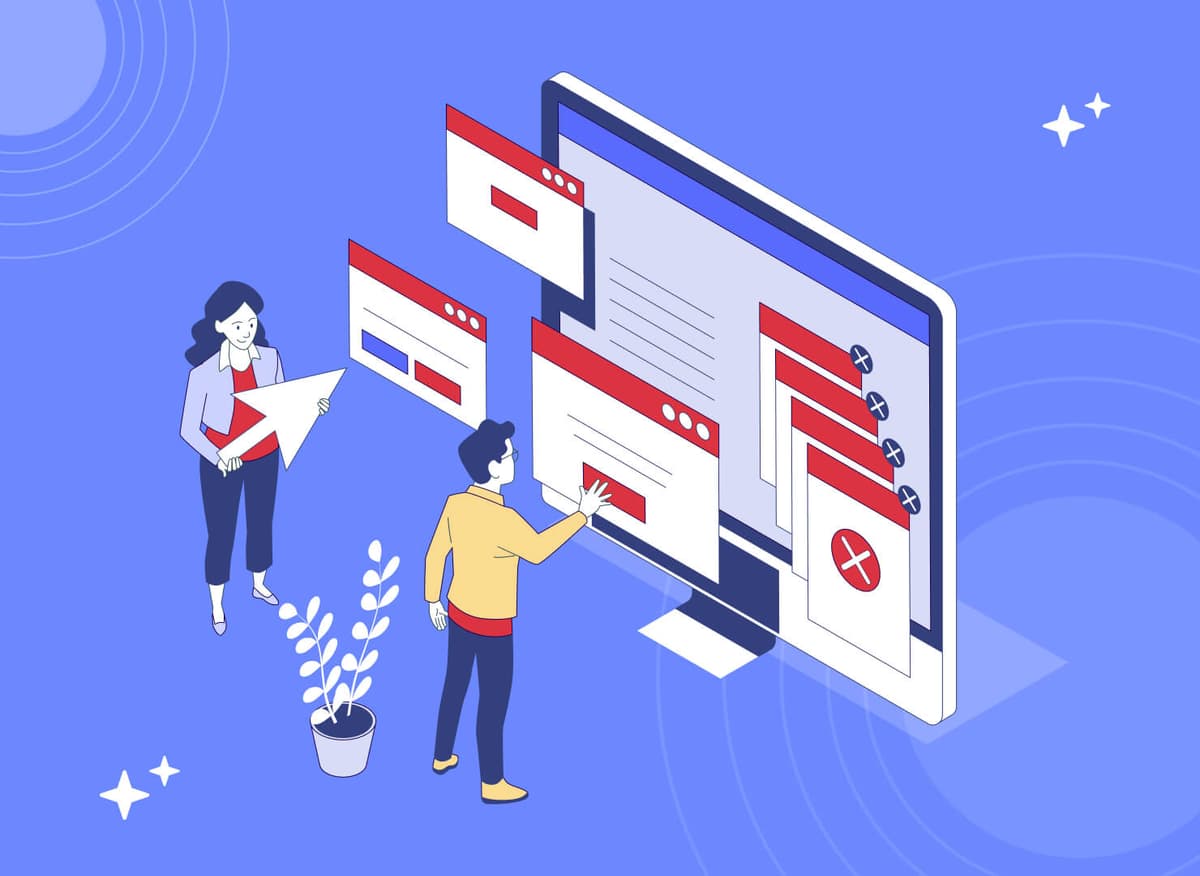


Jun 26, 2025
-
By Clive

![]() AI Summary By Kroolo
AI Summary By Kroolo
Aligning workforce capabilities with business goals is vital. That’s where Human Resource Planning (HRP) comes in—a strategic, ongoing process that helps organizations ensure they have the right talent at the right time
Companies are only as powerful as their workforce. HR professionals must always stay on point in this quickly changing environment. Making sure that the right talent is accessible now and in the future is the main objective of human resource planning, or HRP.
This blog dives deep into the meaning, types, and process of HRP, equipping business leaders and HR professionals with actionable insights to align their workforce with organizational goals.
Human Resource Planning (HRP) is a strategic and systematic process designed to ensure that an organization has the right number of people, with the right skills, in the right roles, at the right time. The goal is to maximize workforce efficiency, avoid talent shortages or surpluses, and support both short-term operational needs and long-term business objectives.
HRP is not a one-time event but a continuous cycle that adapts to changing business environments, technological advancements, and workforce dynamics. By forecasting future human resource needs and developing strategies to meet them, HRP enables organizations to remain competitive, productive, and agile.
For the effective implementation of business activities, every company need a stable foundation. Effective and smooth business operations are ensured by appropriately allocating human resources. This section explains the significance of human resource planning. Carefully read ahead.
1. Aligns HR with Business Strategy:
Ensures workforce initiatives support organizational goals
2. Optimizes Talent Utilization:
Places employees in roles that best suit their skills, improving productivity and job satisfaction.
3. Prepares for Change:
Helps organizations adapt to market shifts, technology changes, and unexpected disruptions.
4. Reduces Costs:
Prevents overstaffing or understaffing, minimizing unnecessary hiring or layoffs.
5. Supports Succession and Leadership Development:
Identifies and prepares future leaders, ensuring business continuity.
6. Enhances Employee Development:
Identifies skill gaps and guides targeted training programs.
HRP is not a one-size-fits-all process. Organizations employ different types of HRP to address specific needs:
|
|
|
|
|
|
|
|
|
|
|
|
|
|
|
|
|
|
|
|
|
|
|
|
These fundamental steps are usually followed by the HRP process, however models may vary significantly. Effectively completing these procedures could lead to administrative and operational workflows that run smoothly.
Prior to implementing HRP, evaluate your current workforce's qualities, abilities, and alignment with your company's objectives. Additional information about your current capabilities may be found by looking at things like the overall number of employees, their departments, job descriptions, and performance data.
Based on company objectives, market trends, retirements, promotions, and technological advancements, forecast future employment needs. Take into account both external and internal variables that could impact the supply and demand for workers.
To find gaps in jobs, numbers, or capabilities, compare the present workforce with the demands of the future. To remedy these gaps, decide whether to hire new staff, retrain existing ones, redeploy existing staff, or fire existing ones.
Create actionable strategies for recruitment, training, performance management, and succession planning. Align HR initiatives with overall business strategy, ensuring buy-in from all stakeholders.
Continuously track the effectiveness of HR plans through performance metrics and feedback. Adjust strategies as business needs and external conditions evolve, maintaining agility and relevance.
An effective human resource planning involves a few steps that makes it super flexible and streamline workflows accordingly. Here are those few steps which HRs must adhere to.
Starbucks maintains one of the lowest turnover rates in the QSR sector (65%), thanks to proactive workforce planning. Simultaneously, tech companies use AI-powered talent analytics to forecast demand and preempt skill gaps.
Human resource planning has undergone significant changes as a result of digitization and the constantly changing nature of technological advancements, as illustrated below:
You must have the first steps in mind in order to keep your business moving forward. We have included a few quick-start HRP 2025 tips below. Carefully read each one, then act appropriately.
Align HRP plans with organizational strategy and budgets.
Conclusion
Are You Willing to Plan Your Human Resource with Kroolo?
HRP is the backbone of sustainable business growth. By strategically aligning talent with organizational objectives, HRP empowers companies to stay ahead of the curve, navigate uncertainty, and build a resilient workforce for the future.
Whether you’re a startup or a multinational enterprise, investing in robust HRP processes is essential for long-term success in today’s dynamic business world. Kroolo is a platform which serves as the best human resource planning tool featuring AI capabilities. It not only automates your planning but helps in streamlining your workflows.
Ready to future-proof your workforce? Start your HRP journey today and ensure your organization has the right talent, at the right time, for every challenge ahead.
>>Sign up now or book a free demo.
Tags
Productivity
Task Management